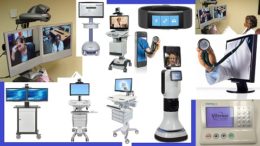TeleMedicine News & Updates 4-21-16
Telemedicine use is growing among health care professionals according to a recent Aeris survey. Health care professionals say telemedicine is now a high priority for their organizations and is already providing a measurable return on investment.
Read More






